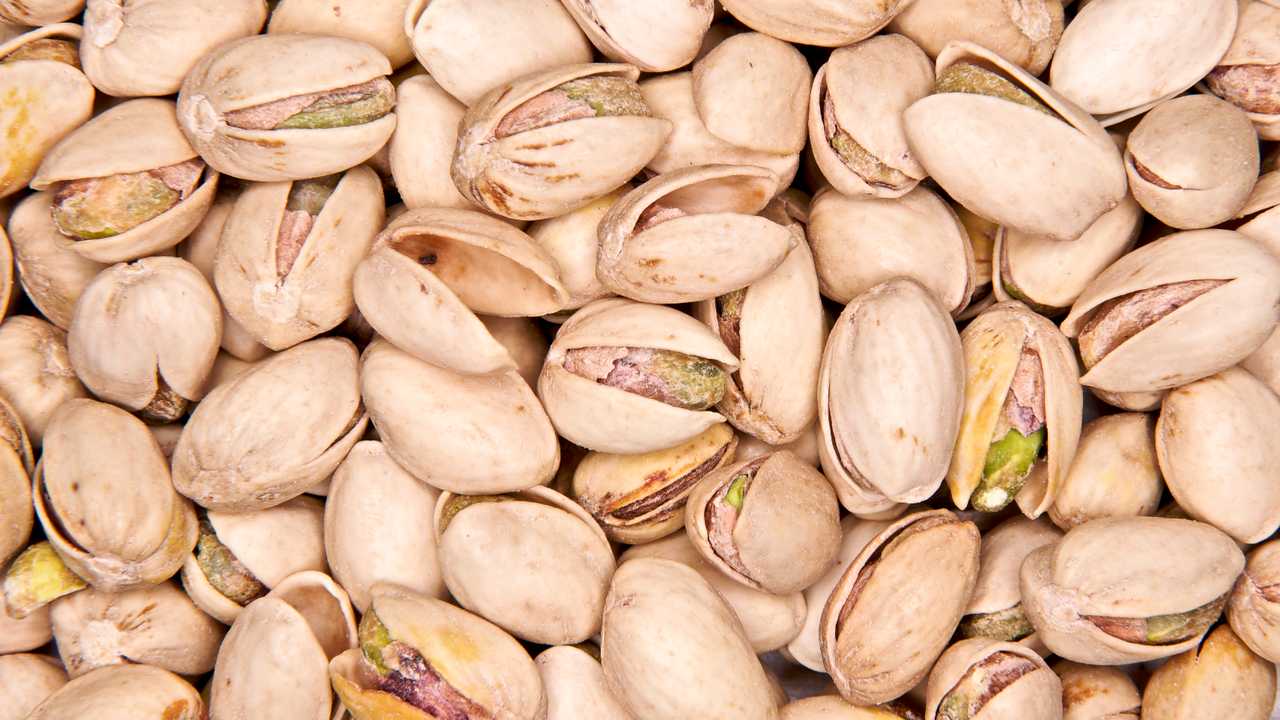
By Joe Lombardi From Daily Voice
A small snack may be doing more at bedtime than quieting a craving.
Sleep researchers say one nut in particular lines up with the brain’s dream machinery.
Pistachios are rich in melatonin and tryptophan, two compounds tied to sleep cycles and REM, the stage when most dreaming happens.
Melatonin helps set the body clock and can deepen late-night REM.
Tryptophan feeds serotonin and melatonin pathways, which may nudge the brain toward more vivid, memorable dreams.
Magnesium in pistachios also helps muscles relax, supporting steadier sleep that can make those dreams easier to recall.
Early lab work backs up the brain link. A team at Loma Linda University in California reported that eating nuts regularly strengthened brainwave frequencies tied to cognition, learning, memory, and healing.
In their analysis, pistachios produced the strongest gamma response, a rhythm associated with higher-level processing and rapid eye movement during sleep.
The study, “Nuts and brain: Effects of eating nuts on changing electroencephalograph brainwaves,” was presented at Experimental Biology and summarized in The FASEB Journal. The takeaway is simple: nuts seem to tune the brain; pistachios may tune it most when it matters for dreams.
Practical advice stays basic. If you want to test the effect, keep the lights low, avoid screens, and try a small handful before bed. Give yourself time to adjust in the dark, then let the sleep cycle do the rest. People who try this often report brighter, longer-lasting dream scenes.
The nut itself has a range. Pistachio trees can live up to 300 years and take seven to 10 years to produce at scale.
In the US, large orchards in California and New Mexico use shakers to knock the drupes off the branches before hulling, drying, and roasting.
The species traces its origins to Iran and Central Asia, with evidence of human snacking dating back to 6750 BC and commercial plantings in the US dating to the 19th century.

 Daily Voice
Daily Voice
 The Daily Beast
The Daily Beast CNN Politics
CNN Politics